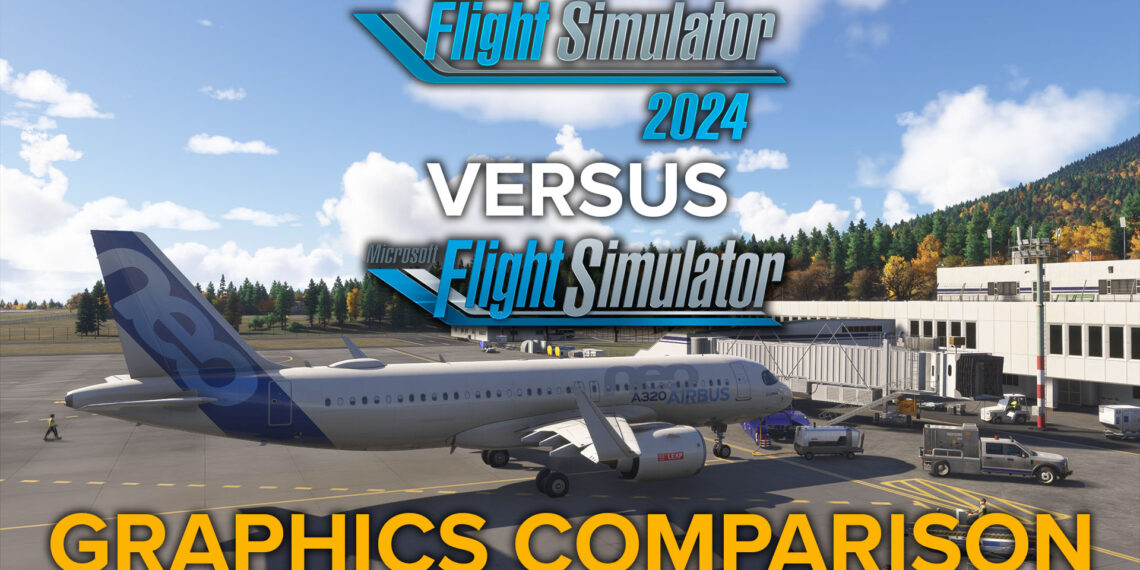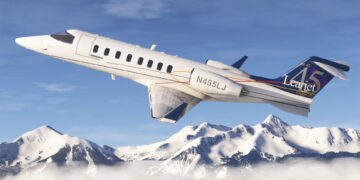Microsoft Flight Simulator 2024 has recently been released, promising a substantial visual improvement over the original MSFS released in 2020, but just how much does it keep this promise?
While the server issues are still keeping a number of users, especially on Xbox, from experiencing the game’s beauty to its fullest, I have been lucky and the simulator has been running without problems on my PC since the evening of its release day, so I thought I’d show you a direct comparison between the original Microsoft Flight Simulator and its successor.
In the video below, both simulators are running at 1440p resolution and Ultra settings, DirectX 12, DLSS Quality, and Nvidia Frame Generation, with no add-ons. What you see is what you get.
The hardware specs for the PC used for the test are Intel Core i7 13700k, Geforce RTX 4080, and 32 GB of DDR5 RAM. Each scene shows Microsoft Flight Simulator first, then Microsoft Flight Simulator 2024, and lastly, both simulators side-by-side. We believe straight cuts with no fancy effects are the best way to show differences and similarities.
Of course, for each scene, we used the same date, time of the day, weather conditions, location, and camera angle. Most scenes show preset weather conditions. The only exceptions are London and Hachijojima, which have been shot with real-time weather, at the same time, so you also get to see how the two simulators interpret the same weather data.
If you’d rather have static screenshots, below we have images of each scene for your perusal, shot in the same conditions as the video clips.
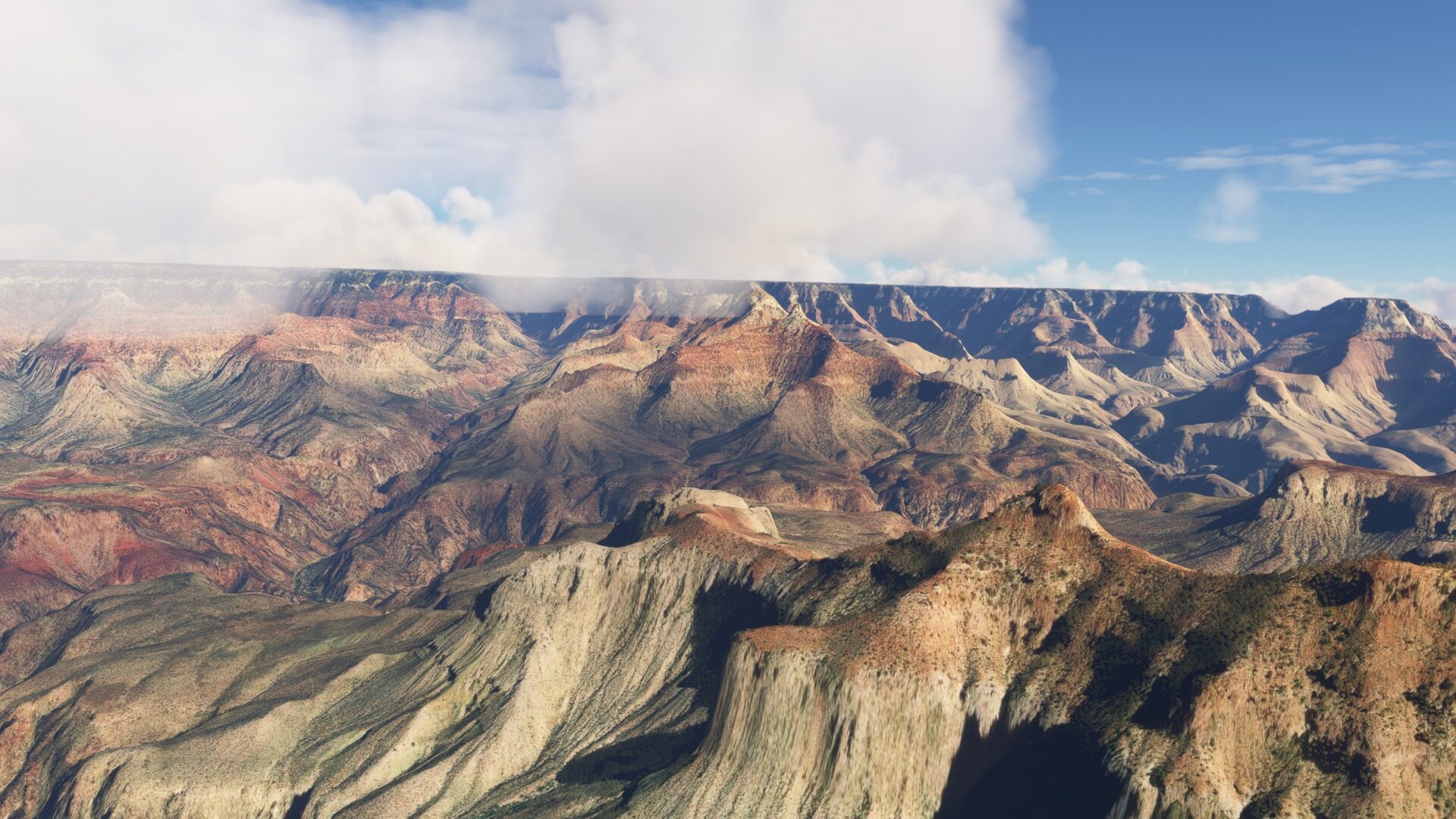
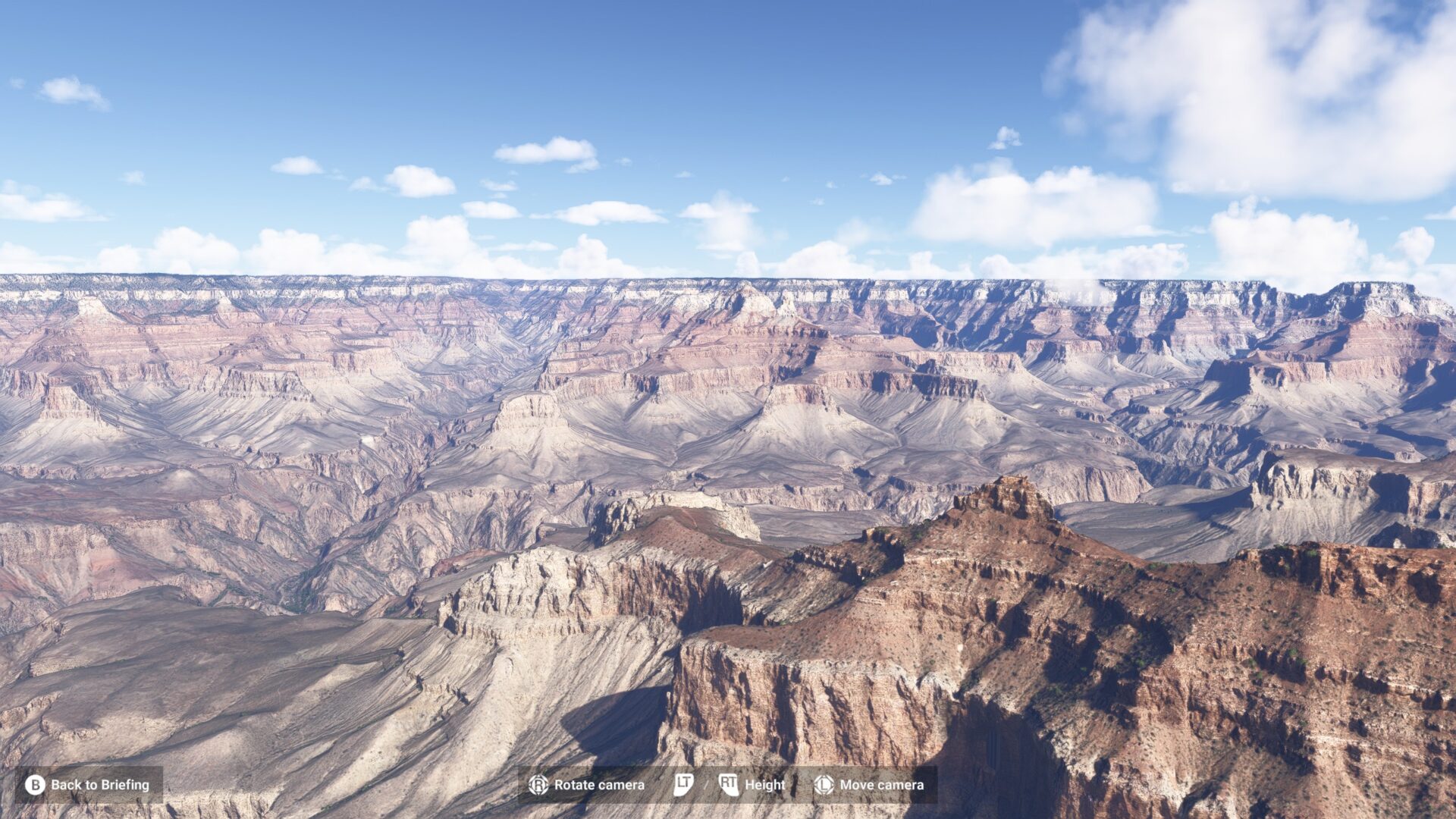
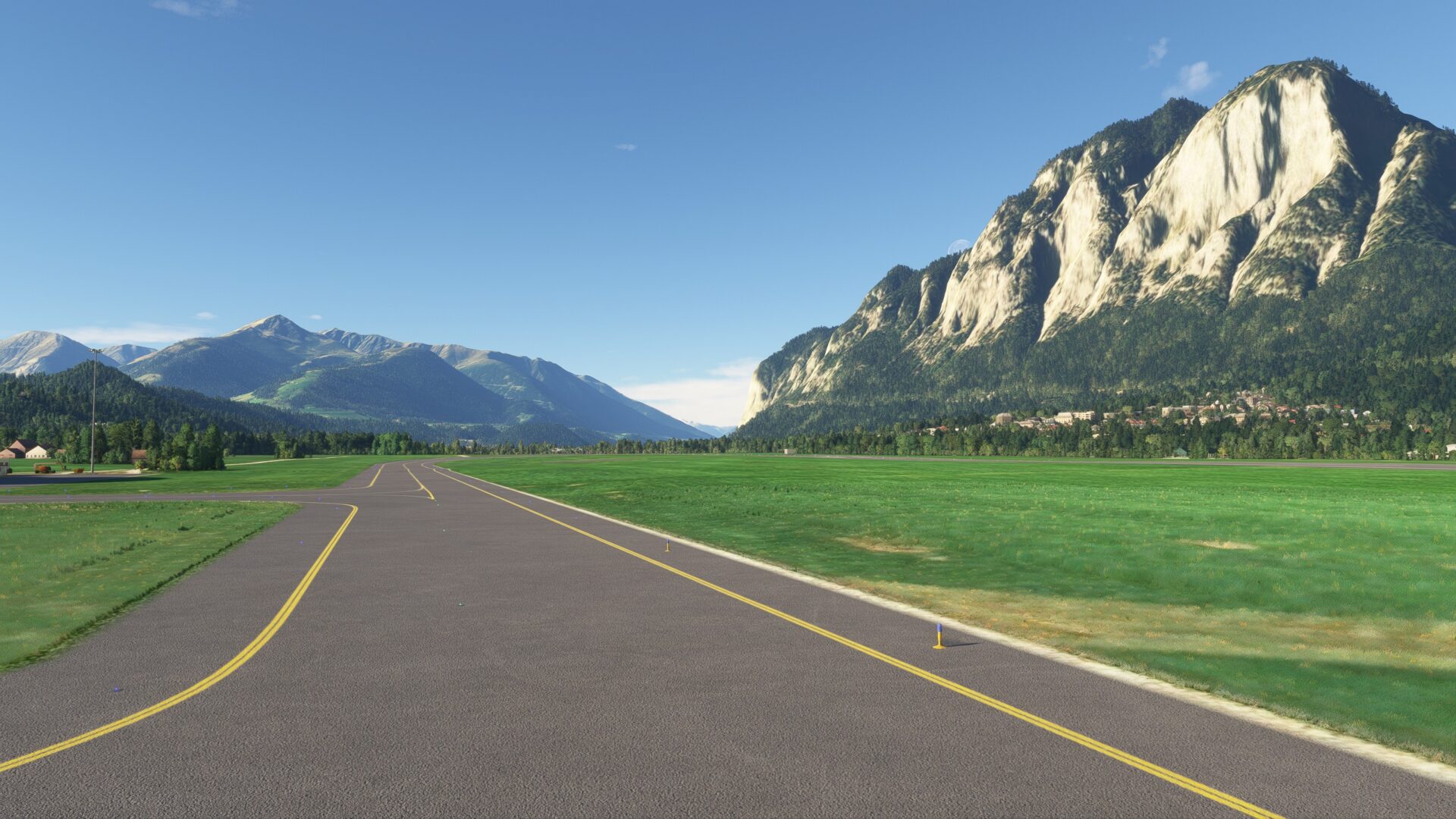
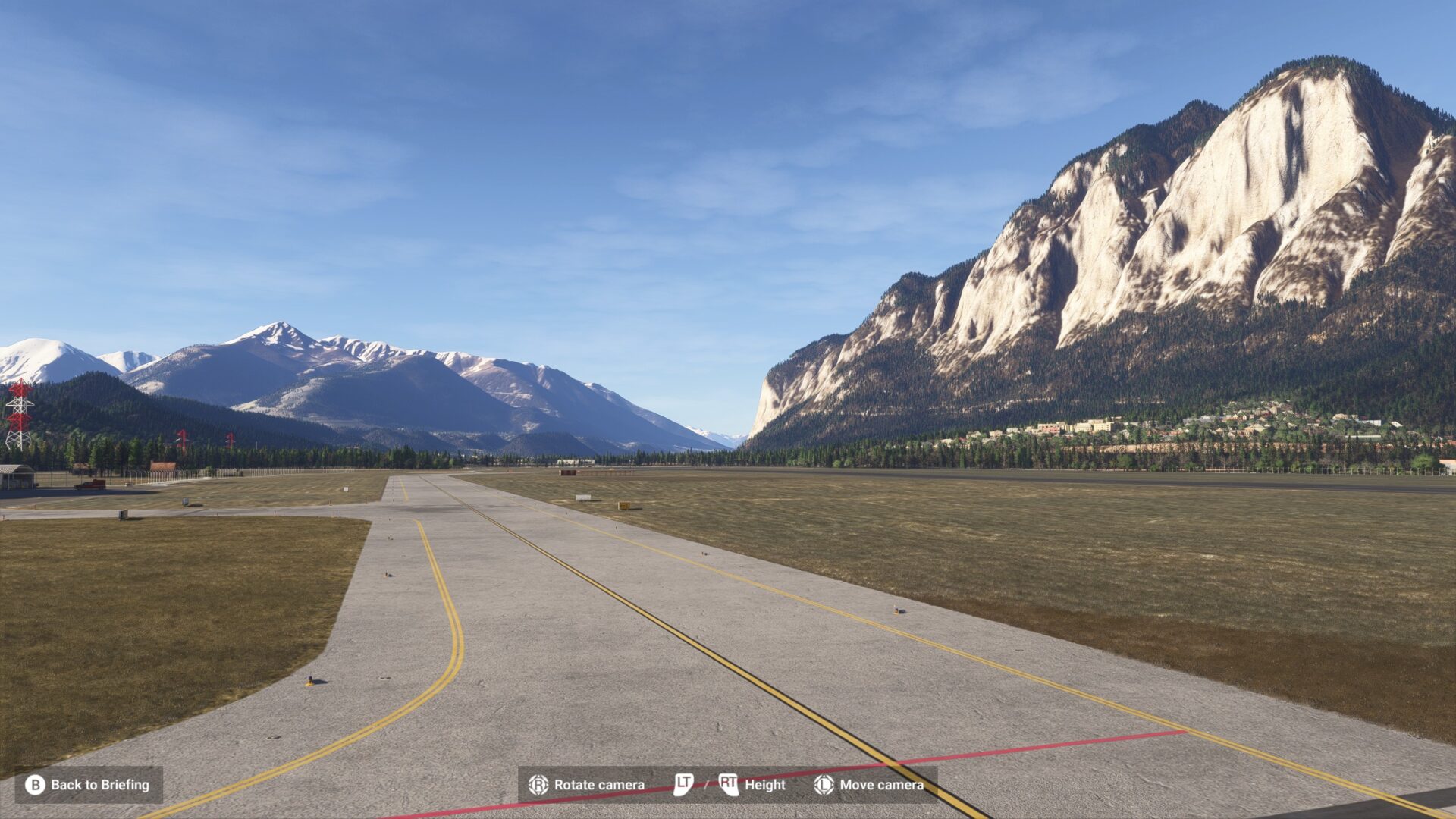




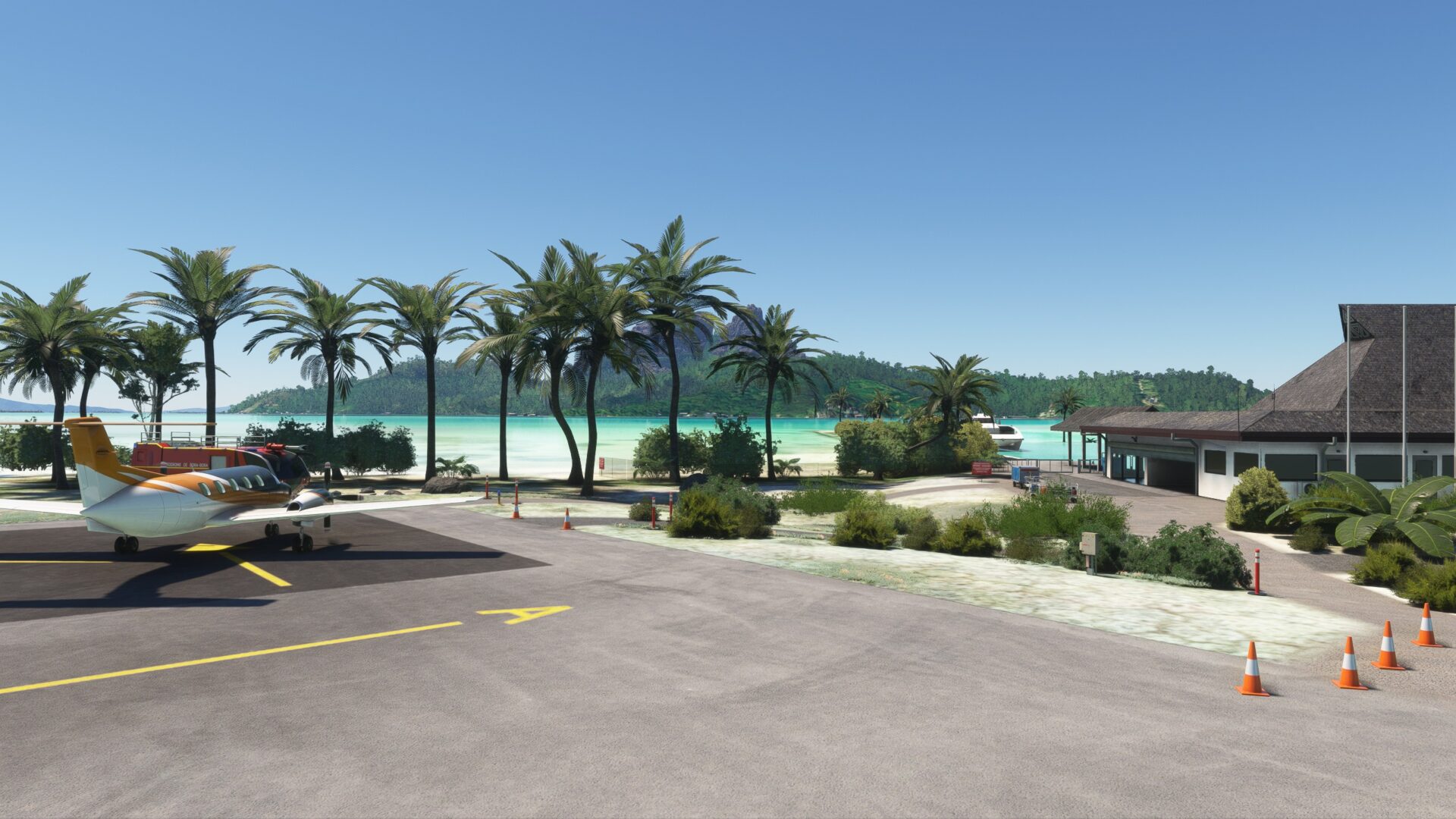

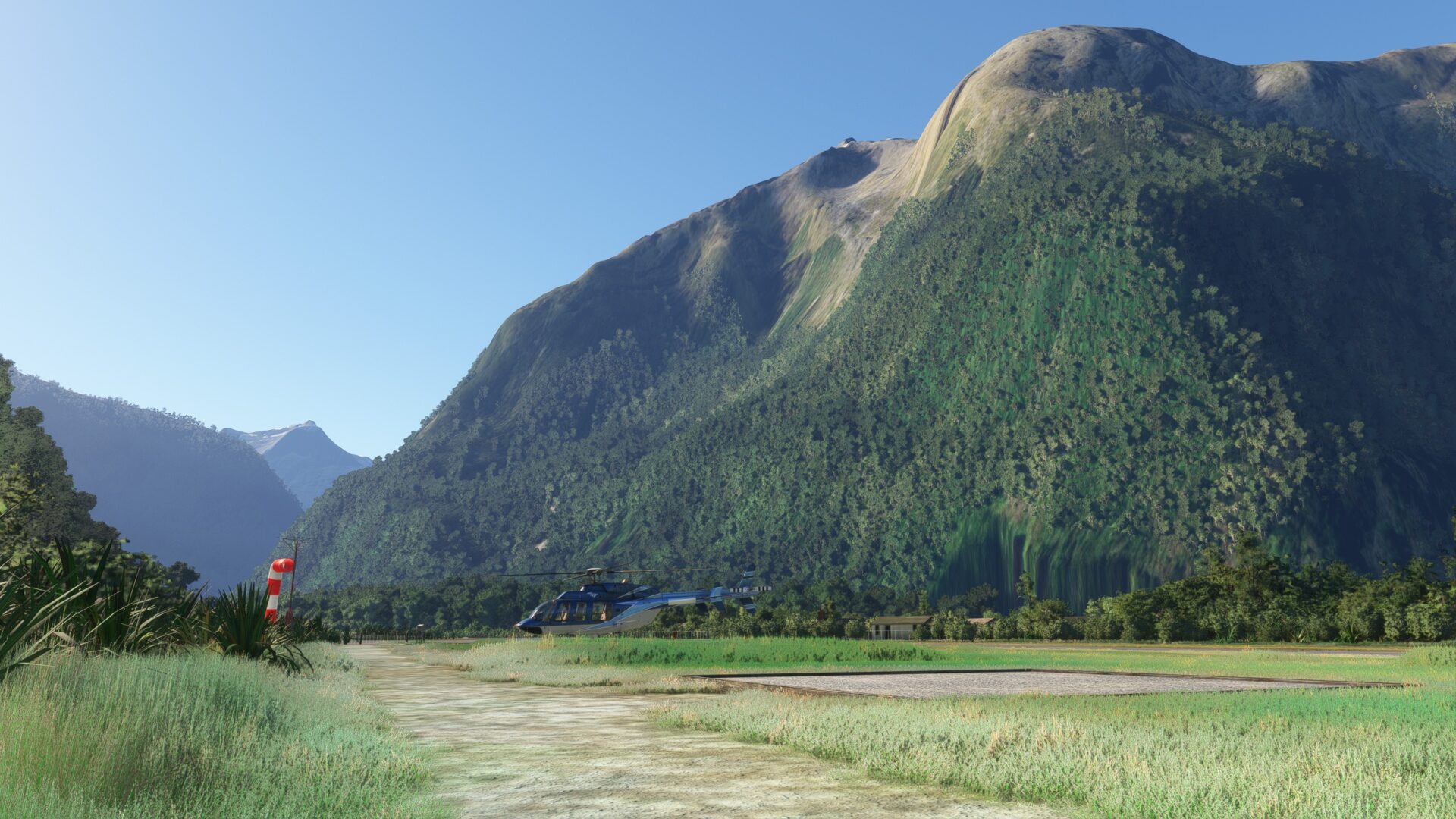
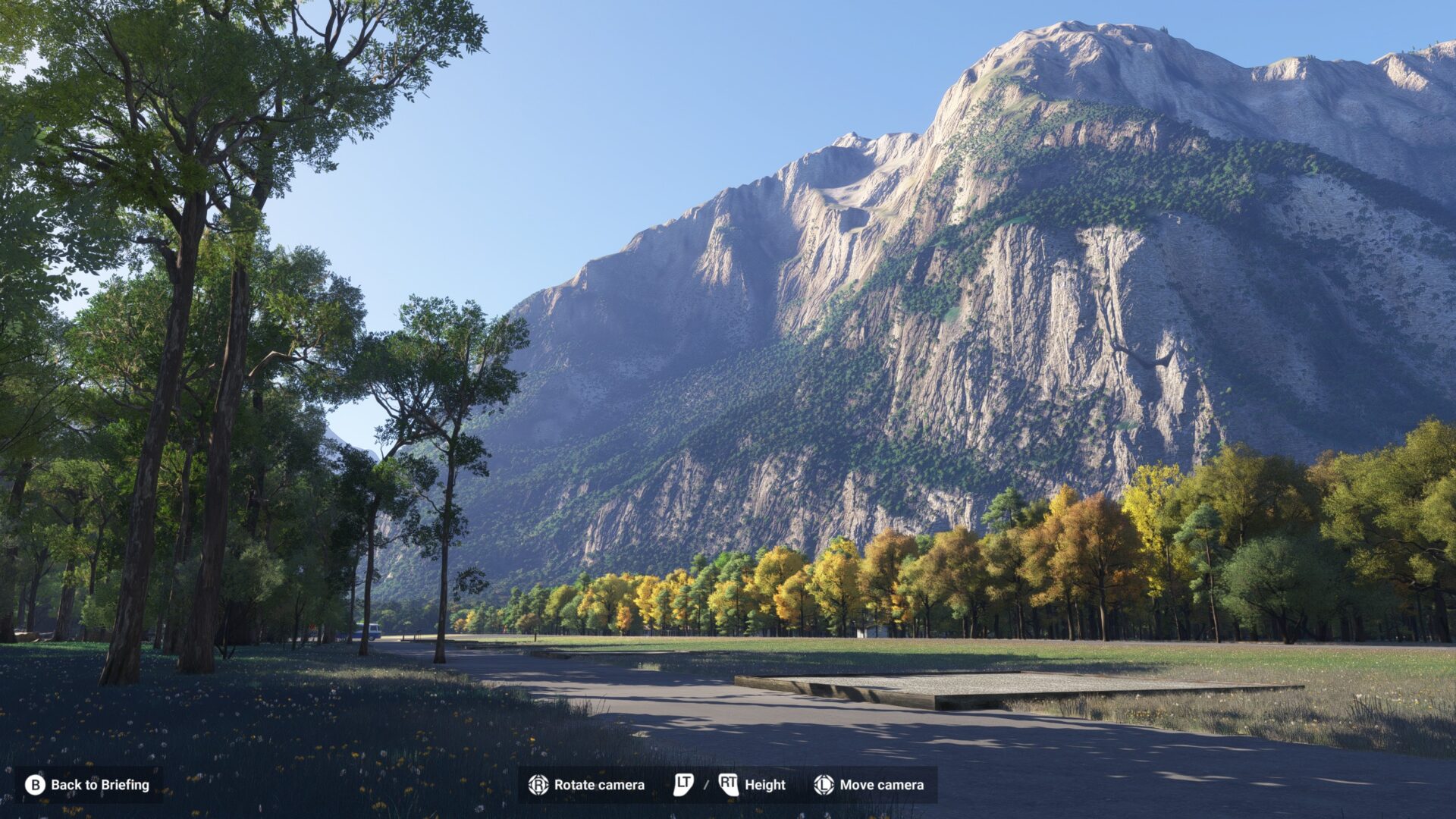

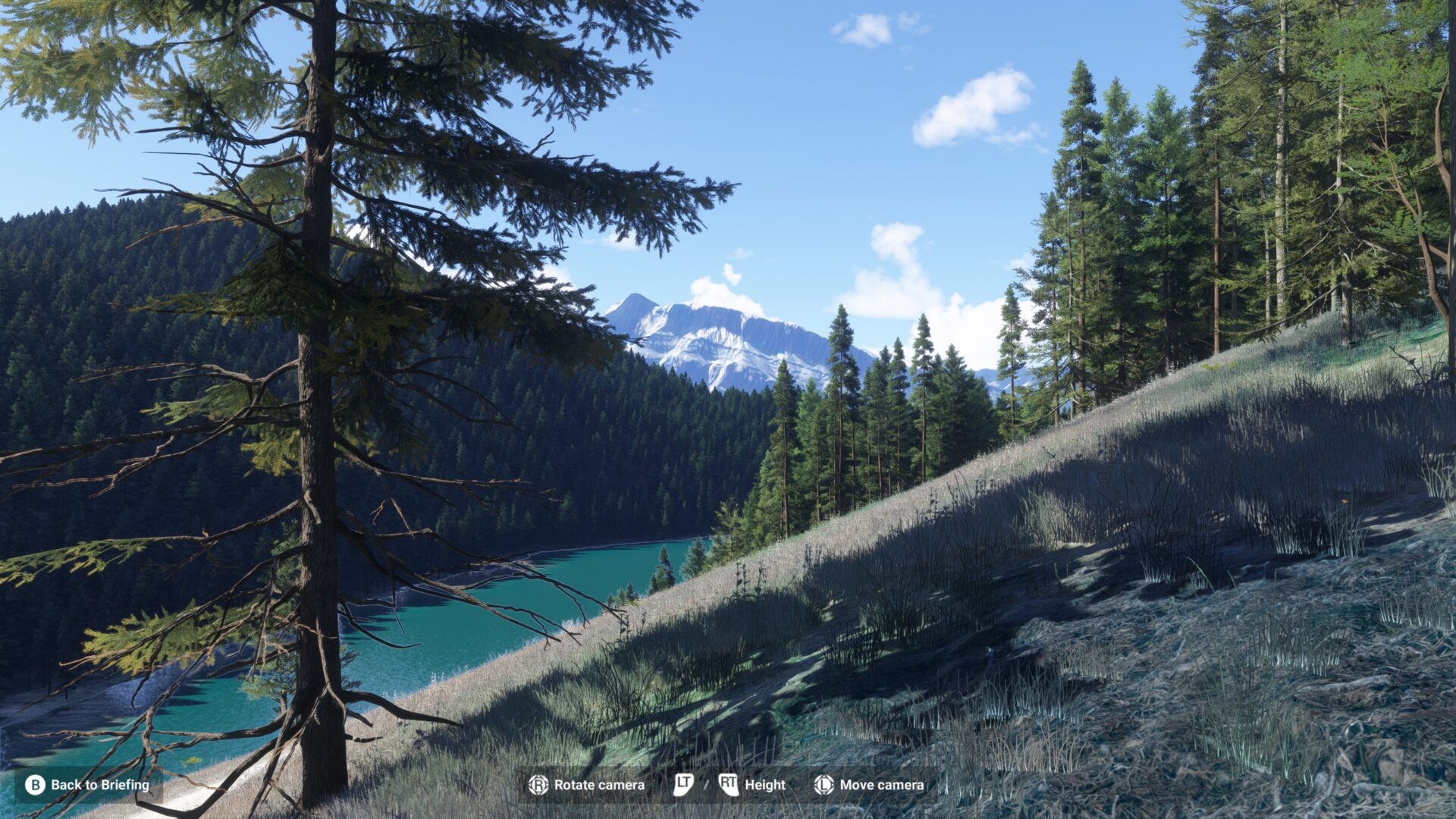

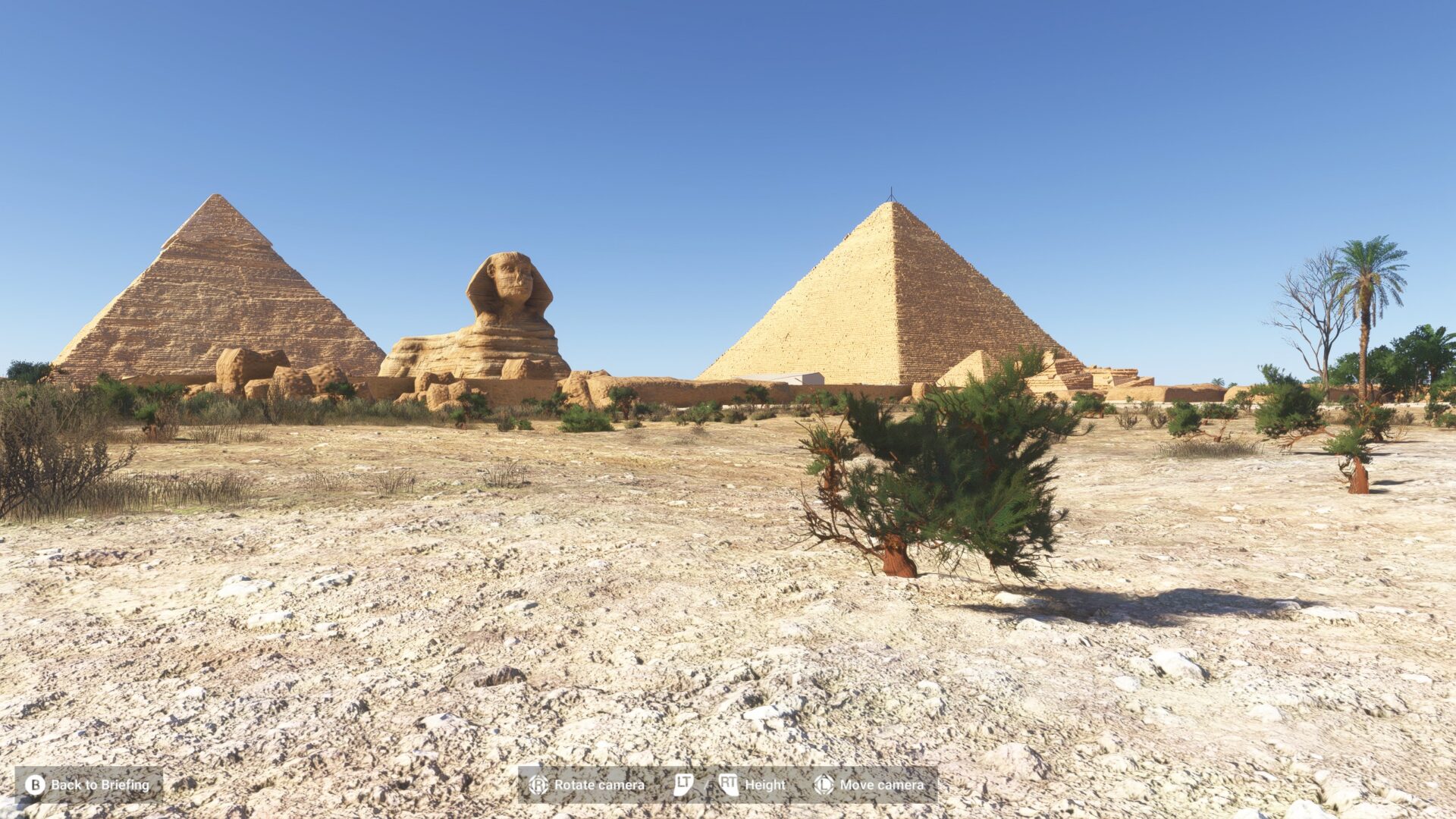
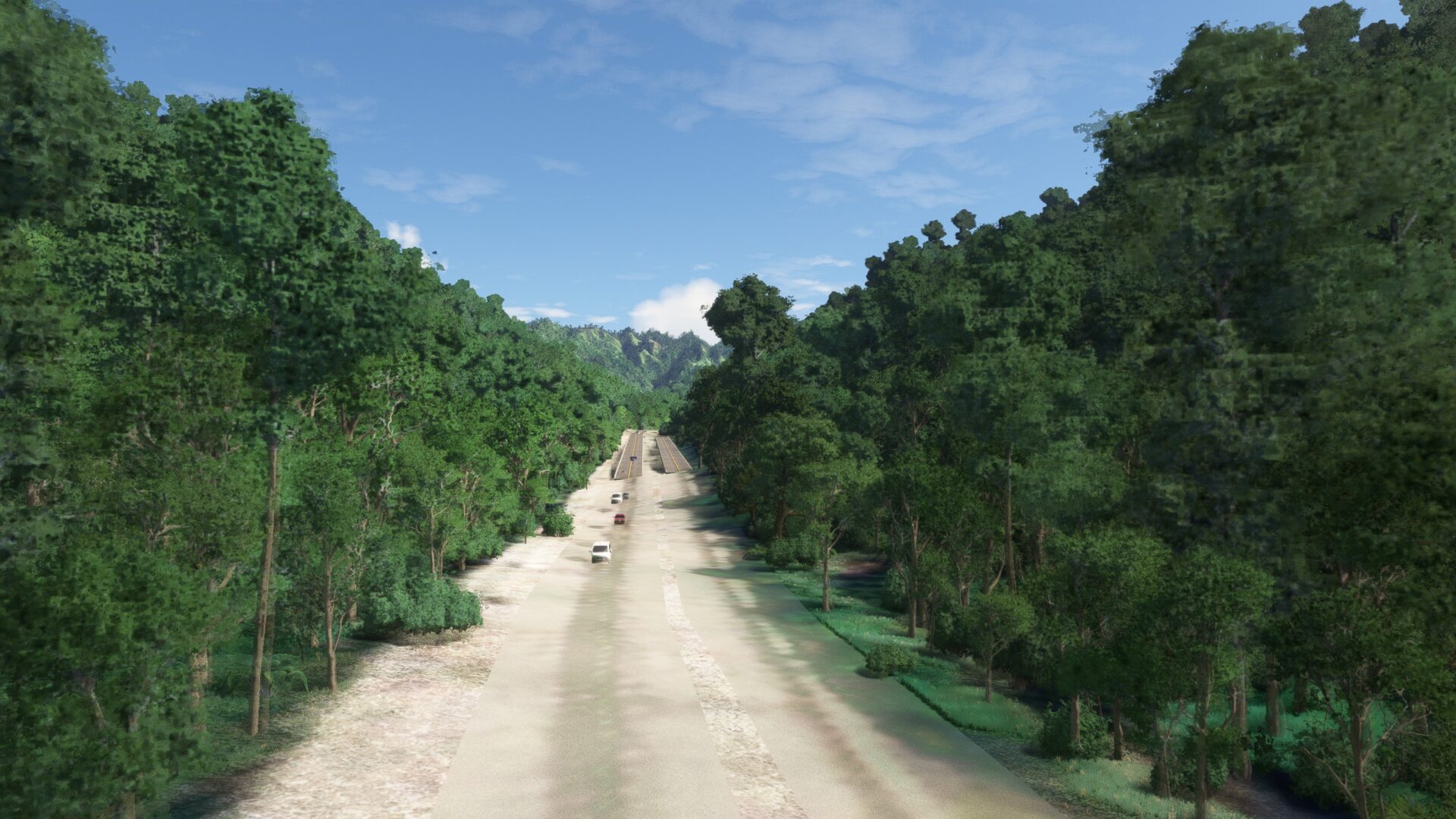


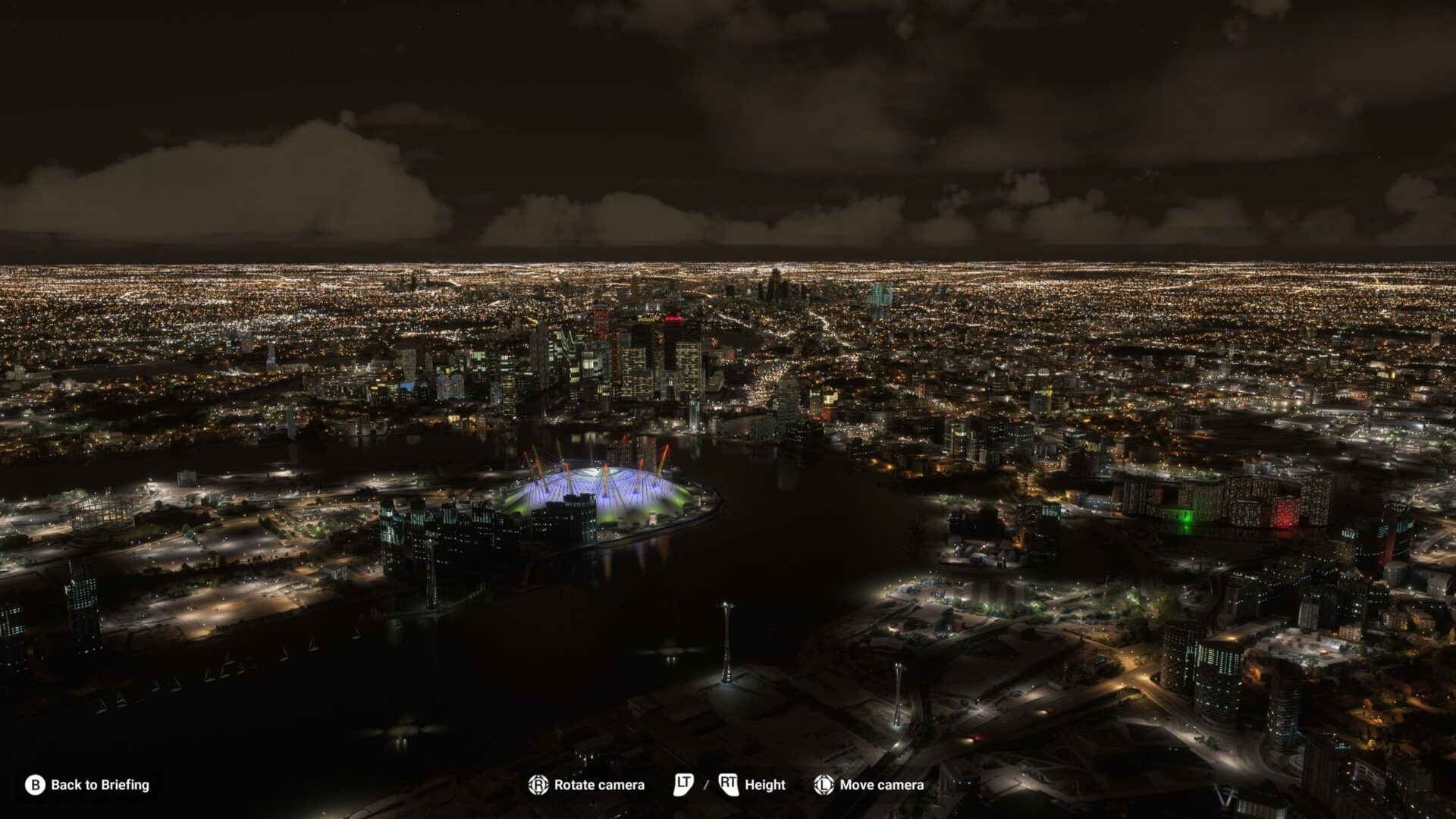

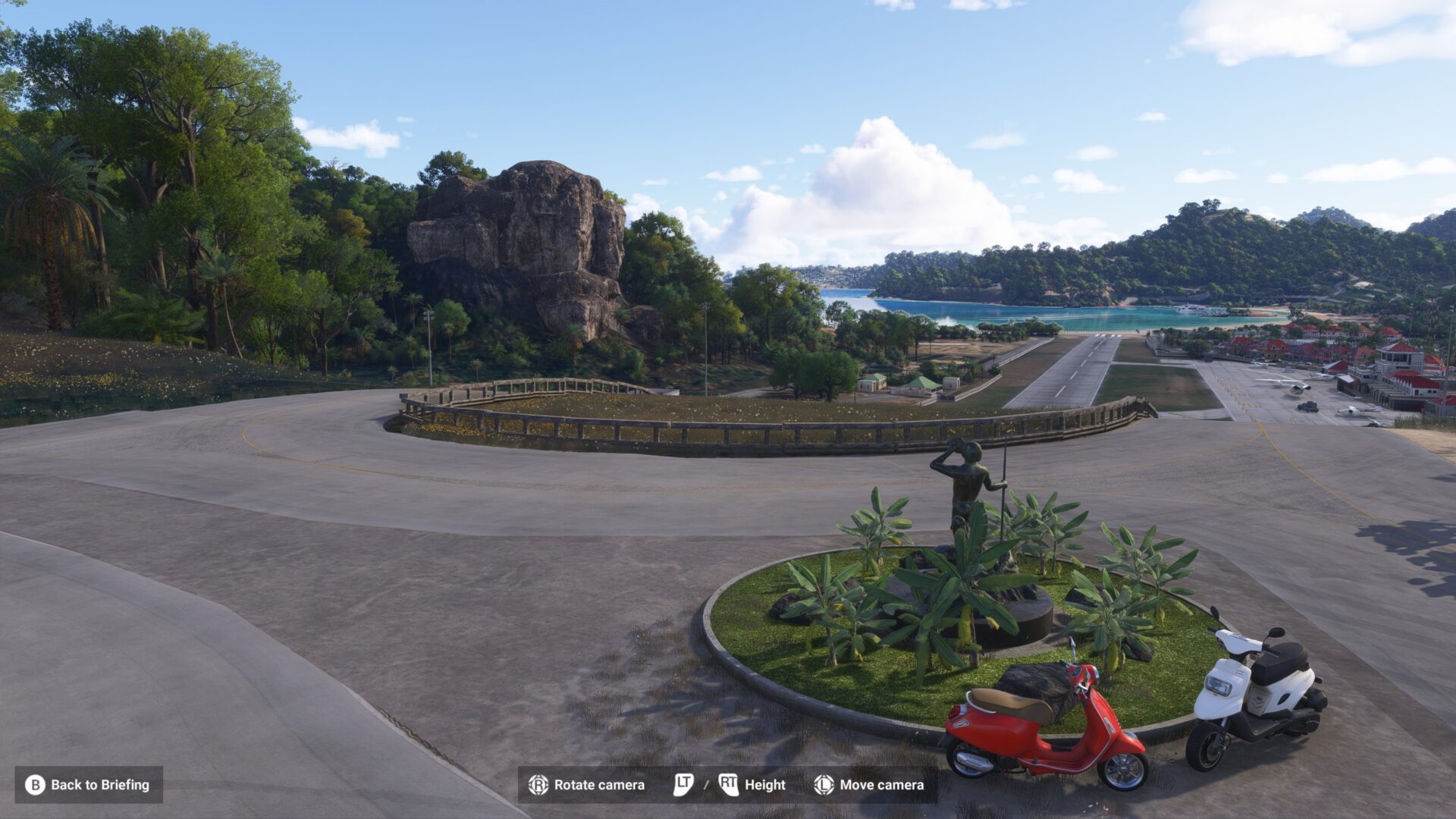
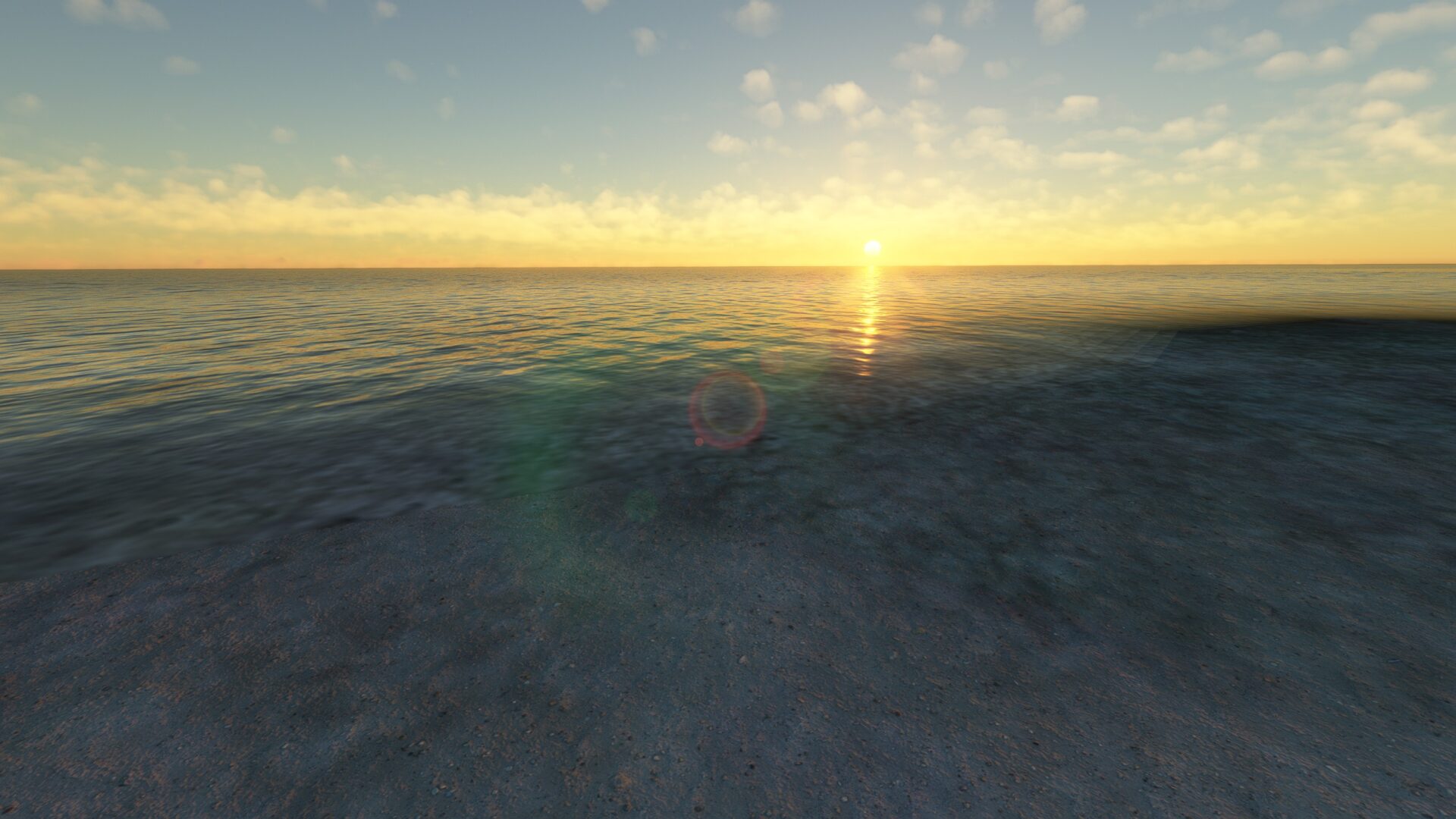

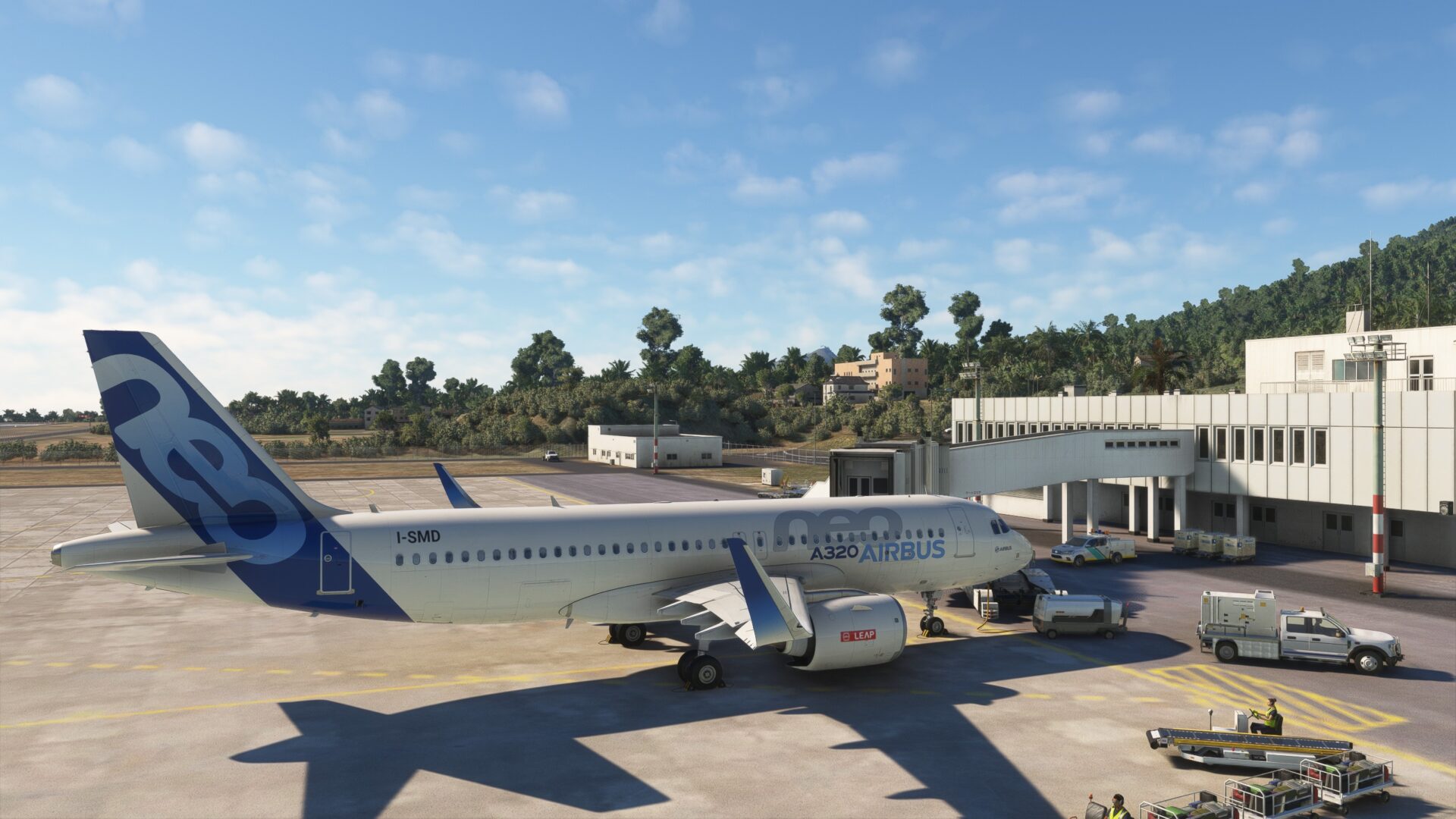
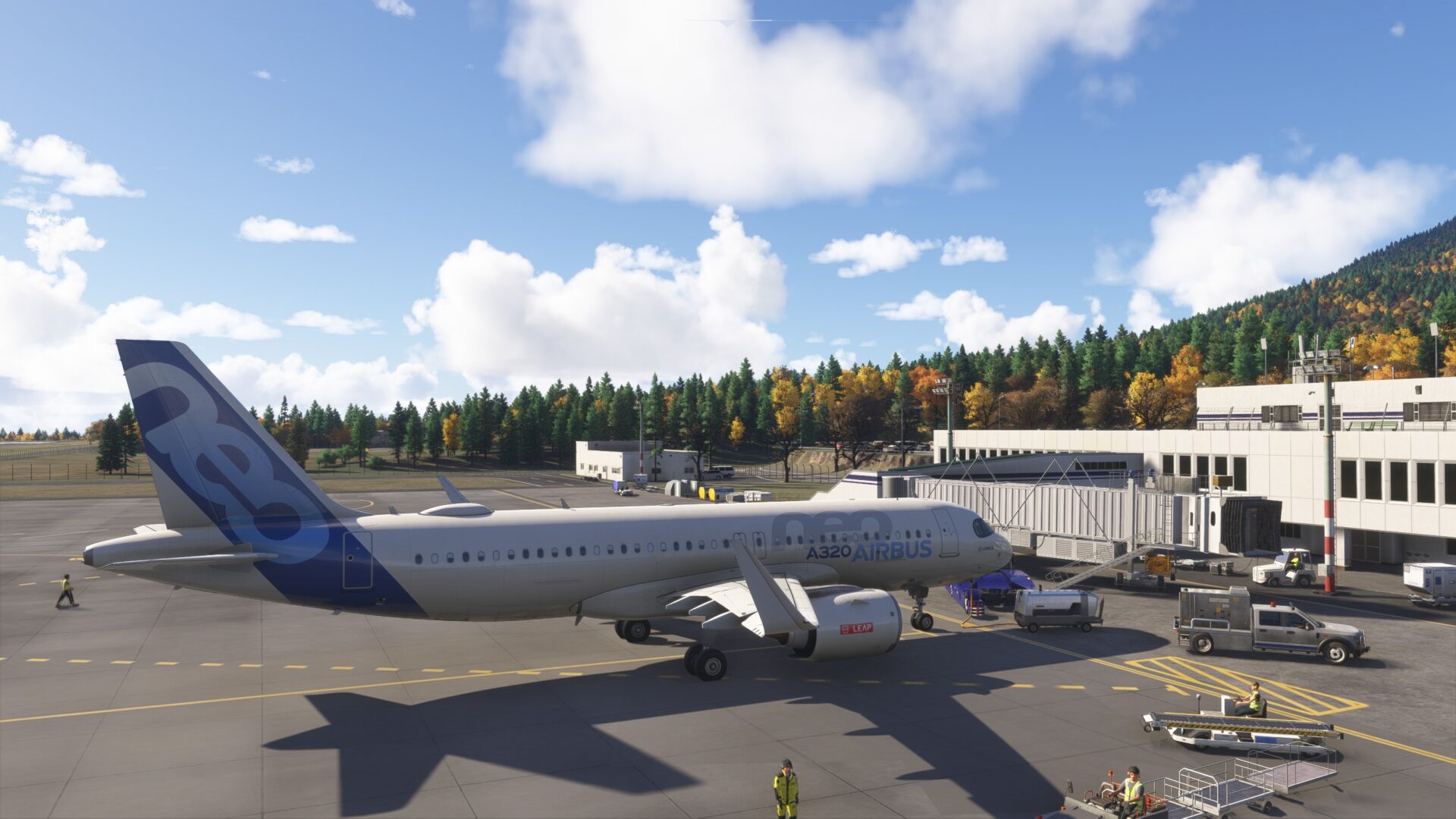
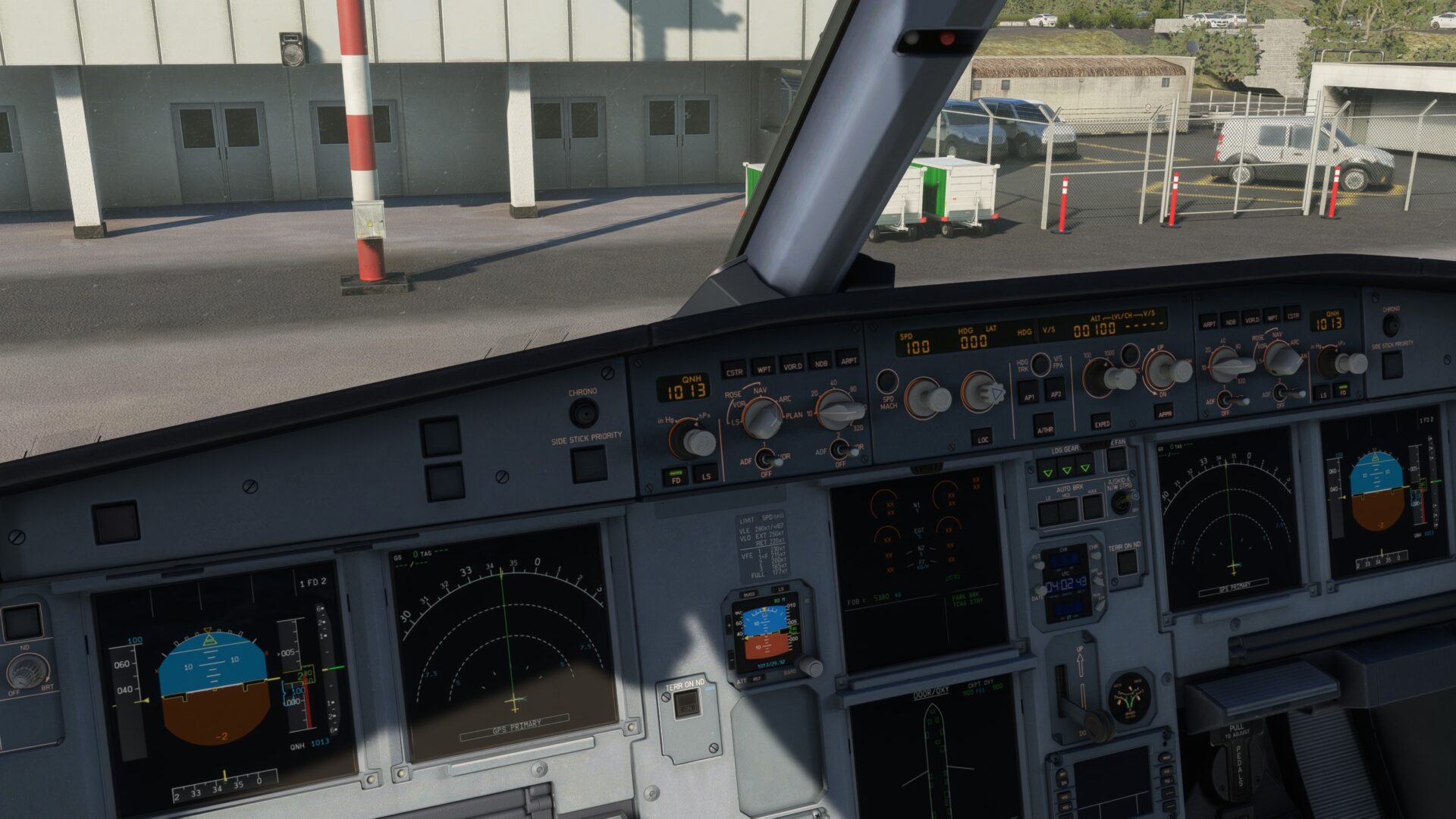
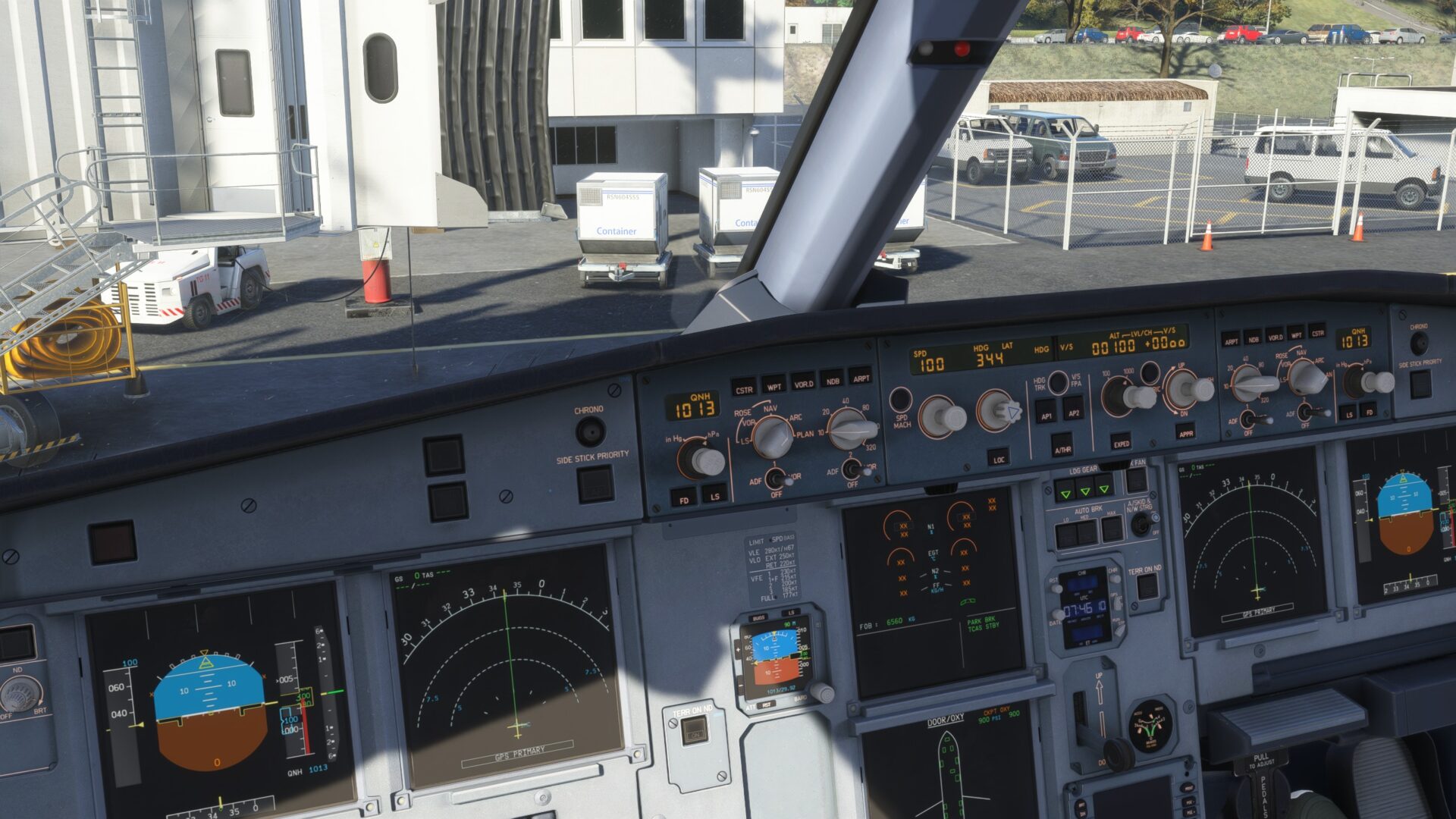
While Microsoft Flight Simulator was certainly impressive for its time, and would probably feel impressive even today if we did not have the new kid on the block, Microsoft Flight Simulator shows massive improvements across the board.
Terrain and vegetation are much more natural, so much so that if you walk around on foot, you’ll likely wonder if you have accidentally launched a dedicated first or third-person survival crafting or action-adventure game. The seasonal variation is also absolutely spectacular.
The lighting is much improved and more natural, with the yellowish-green tint that affected the original MSFS gone. On top of that, the new ray-traced shadows are much more defined and stable.
It’s unfortunate that initial server issues have spoiled the launch experience for many, but they’re already getting better, and I expect them to be a thing of the past soon. Flight Simulators rarely launch in perfect conditions and Microsoft and Asobo have launched one of the most complex and ambitious pieces of software available on the market.
Considering what I have seen and tested (and massively enjoyed) over the past few days, I’m fully confident that this simulator has a very bright future ahead. It may have staggered at release, but there’s a fantastic sim waiting for those who will be patient, arguably the best flight simulator in the history of the genre, and not by a small margin.
Microsoft Flight Simulator 2024 is currently available on PC and Xbox Series X|S, you can enjoy our hands-on preview with plenty of interesting details for your perusal.
It’s worth reminding that Simulation Daily won’t publish a review, as we do not review games. We prefer to provide you with the tools to judge whether a game or a simulator is for you or not by yourself.
You can also watch our latest interview with Head of Microsoft Flight Simulator Jorg Neumann, the previous interview with Jorg Neumann himself and Asobo CEO Sebastian Wloch, another with Asobo CCO David Dedeine, and one featuring Chris Burnett of Working Title and Brandon Yaeger of Got Friends about their work on MSFS 2024.

